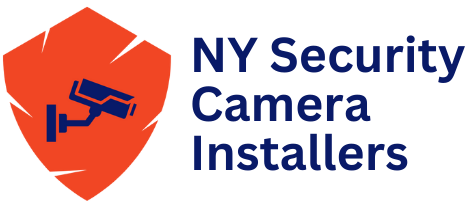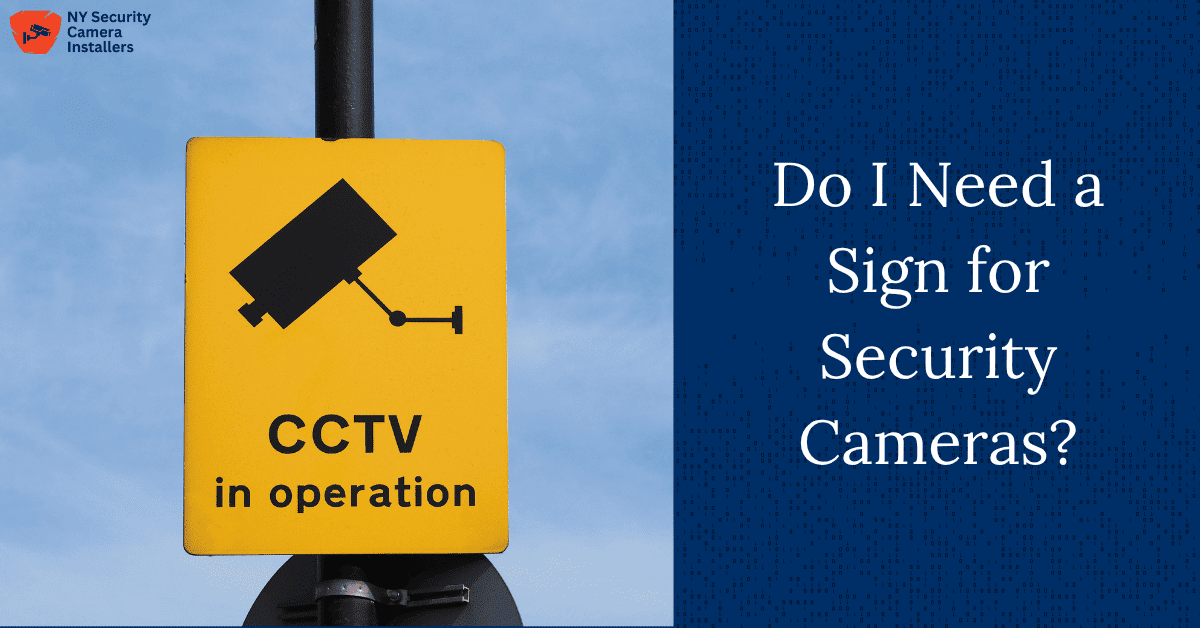Security cameras do a lot of the heavy lifting when it comes to protecting property, but what about the signs that go with them?
It’s not always clear when signage is required, or why it matters in the first place.
Whether you’re setting up a new system or reviewing what you’ve already got, we’ll cover what to know about signage laws, privacy concerns, and where it all fits into a well-designed security setup.
Key Notes
- Security camera signage requirements vary by state, country, and property type (public vs. private).
- Visible signs deter potential criminals and significantly enhance your security system’s effectiveness.
- Proper notification protects you legally against invasion of privacy claims and lawsuits.
- Strategic placement at entrances and boundaries maximizes both compliance and deterrence benefits.
Legal Requirements for Security Camera Signage
Security camera signage isn’t just a courtesy. It’s often a legal requirement that protects both property owners and the public.
While regulations vary by location, proper notification about surveillance can prevent legal complications and respect privacy rights while maintaining effective security.
State-by-State Signage Requirements
Security camera sign requirements differ substantially across jurisdictions:
- New York: No explicit state law requires security camera signage in all circumstances, but NYC businesses generally need notification where privacy is expected.
- California: Requires clear, visible signs under the CCPA, especially at entrances and in monitored areas.
- Florida: Requires “conspicuous notice” of surveillance in private expectation areas like changing rooms.
- Texas: No explicit signage requirement, but notification is needed in privacy-expected areas.
- Illinois: BIPA requires explicit notification and consent for systems using facial recognition.
Legal Implications of Non-Compliance
Failing to notify people about security cameras can result in serious legal consequences, such as civil lawsuits for privacy violations and inadmissibility of footage in court.
Privacy Considerations and Ethical Implications
Balancing security needs with privacy rights is crucial.
Proper signage provides transparency, allows individuals to make informed choices, and respects privacy while setting clear expectations.
Tenant and Landlord Rights
- Landlord Guidelines: Common areas allow surveillance with notification, but tenant units typically require explicit consent.
- Tenant Perspectives: Tenants expect privacy in rented units and must be notified of any common area surveillance.
Technical Specifications and Installation Best Practices
Security camera systems must balance visibility with discretion.
Visible cameras act as deterrents and demonstrate security commitment, while concealed cameras capture authentic behavior but still require appropriate signage.
Camera Functionality with/without Subscriptions
Basic functionality without subscriptions may suffice for residential users, while commercial properties benefit from advanced features available with subscriptions.
Installation Techniques and Maintenance
Proper installation enhances security effectiveness and compliance. Signs should be visible, weather-resistant, and appropriately placed.
Setting Up Cameras And Unsure About Signage Rules?
Frequently Asked Questions
Do I need different types of security camera signs for indoor versus outdoor areas?
Yes, indoor signs are typically smaller and more discreet, while outdoor signs need to be weather-resistant, larger, and more visible from a distance.
How often should I update my security camera signage?
Update signage with any significant surveillance changes, regulatory updates, or every 3-5 years to maintain visibility and compliance.
Are there specific requirements for security camera signs in sensitive locations like changing rooms or bathrooms?
Surveillance in these areas is generally prohibited. If monitoring entrances, clearly indicate which areas are under surveillance.
What should I do if my property spans multiple jurisdictions with different signage requirements?
Comply with the strictest requirements across all jurisdictions. Legal consultation may be necessary to ensure comprehensive compliance.
What should I do if my property spans multiple jurisdictions with different signage requirements?
Comply with the strictest requirements across all jurisdictions. Legal consultation may be necessary to ensure comprehensive compliance.
Conclusion
Whether it’s required by law or just a smart move, adding signs for your security cameras does more than tick a legal box. It helps deter crime, sets clear expectations, and protects you from potential privacy disputes.
Signage requirements vary depending on your state, property type, and whether facial recognition is involved, but one thing’s consistent: transparency matters. It’s a simple step that goes a long way toward keeping your setup both effective and compliant.
Need help figuring out signage, setup, or both? Reach out for a free quote – we’ll guide you through what works best for your property.


